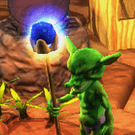I have no lights in my scene. All techniques specify “unlit” shaders. I just implemented zooming in and out of the scene and am finding my objects fade out as I get further aways from them.
In the documentation I only see reference to fading when using lights (which I don’t have).
How can I disable this behavior?




